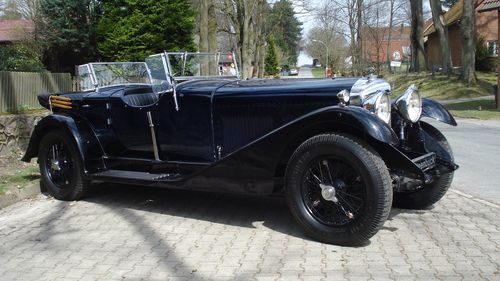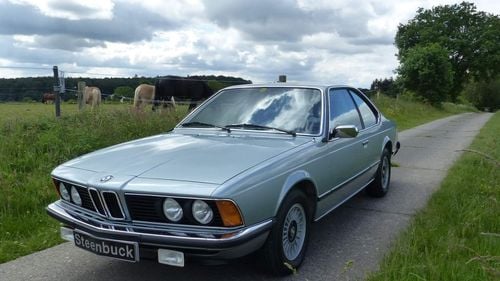The sporty Continental chassis have a long tradition at Bentley. At the time, the R-Type Continental Coupé was regarded as the fastest four-seater in the world. This was followed by the very similar S-Type Continental and the S 2 Continental saw a revolution under the bonnet: the all-new aluminium V8 engine was installed there. This engine design was to last for almost 40 years. Of course there was ...
- 52,000
- 10 Nov 2024
- Compare:
- Insurance quotes















